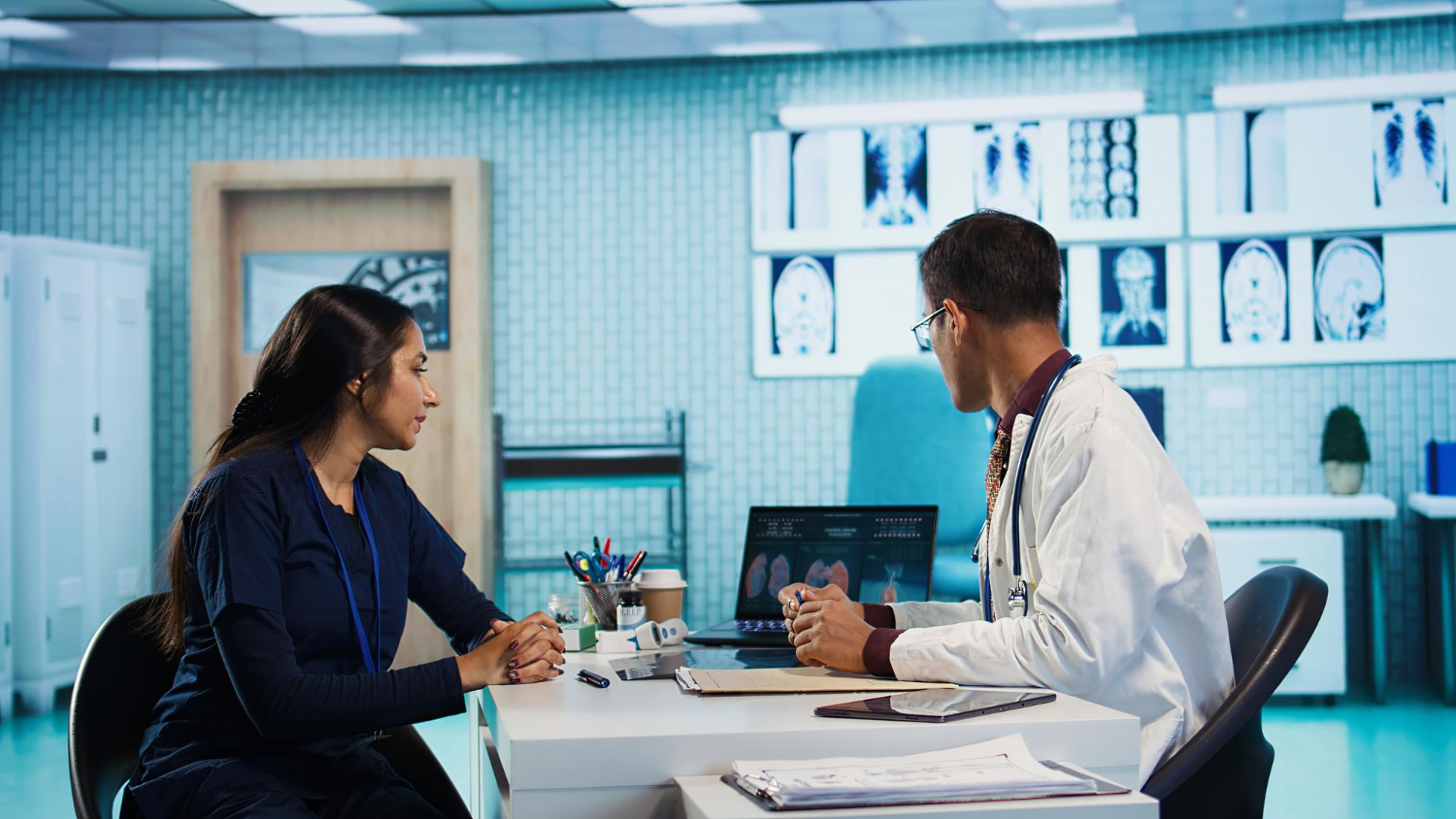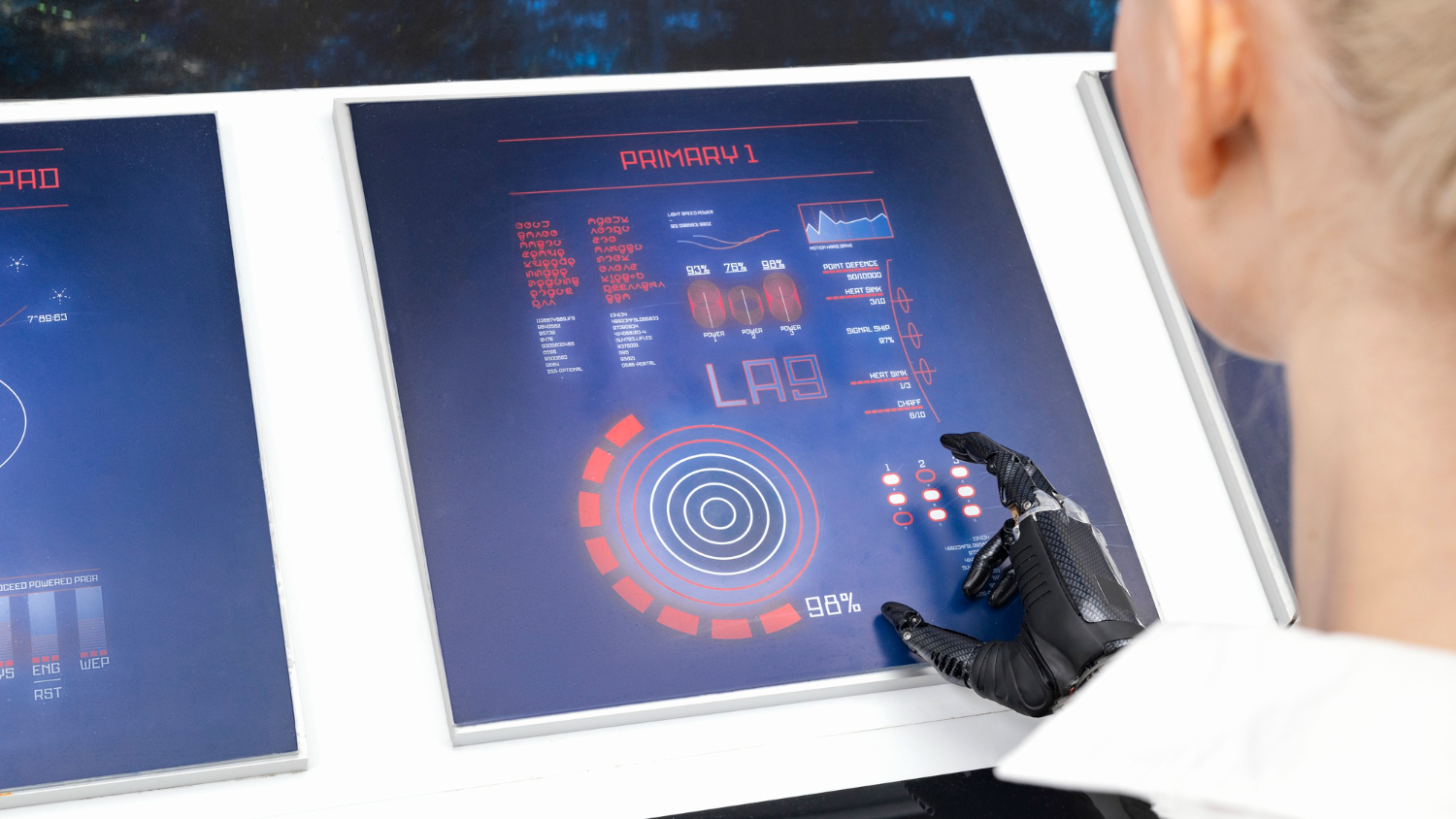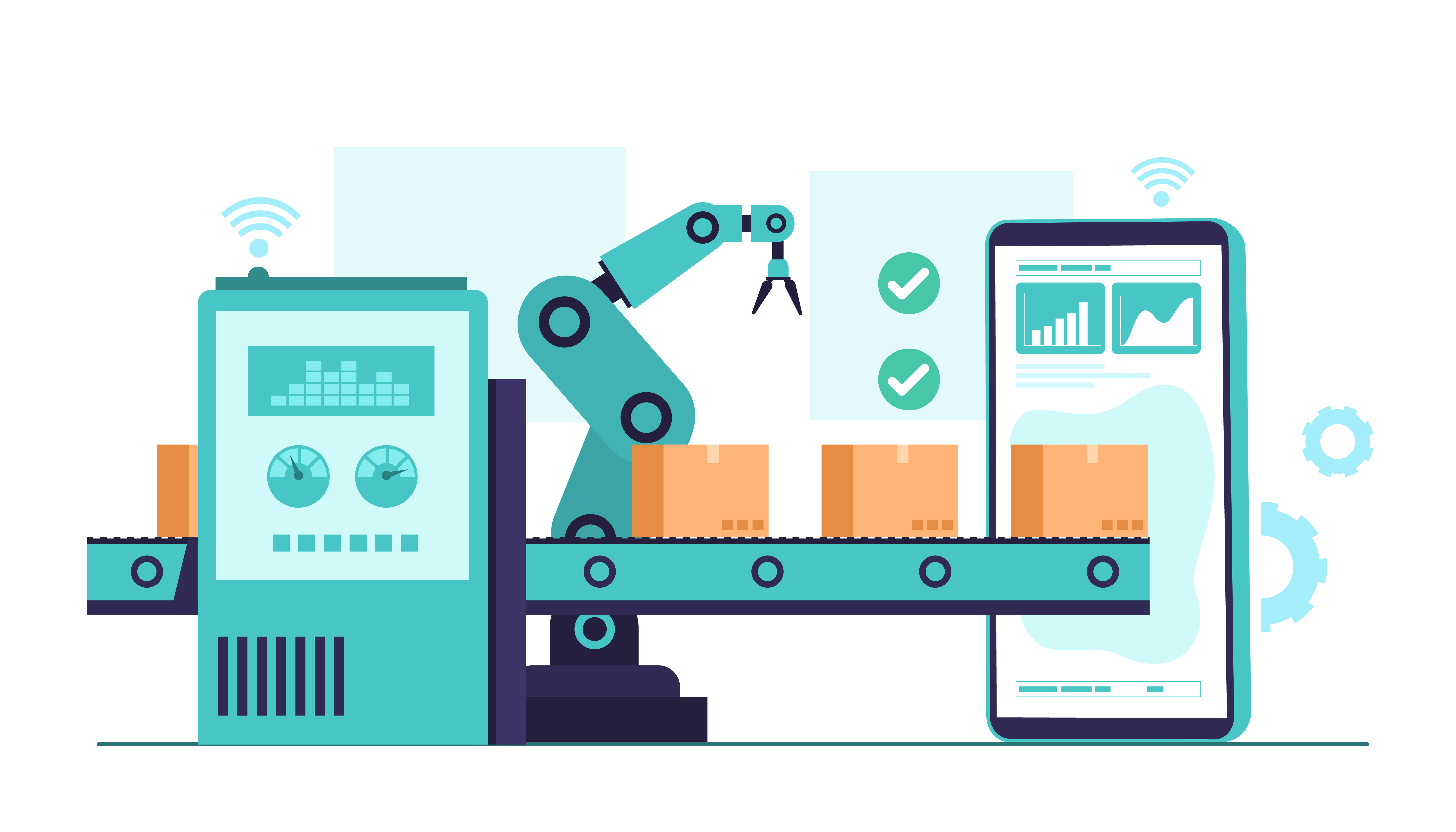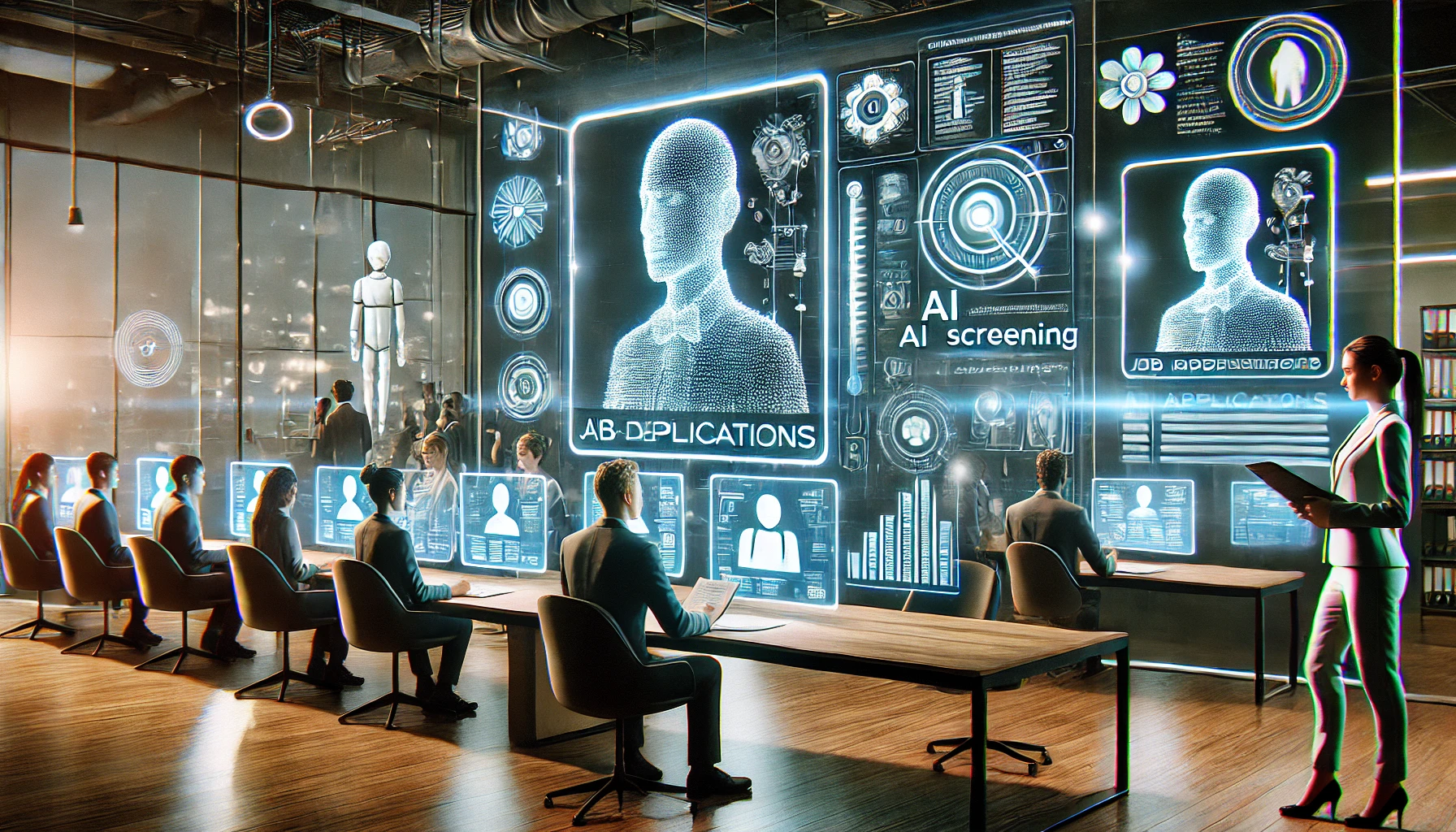Computer Vision in Surgery: From Robotic Assistance to Real-Time Guidance
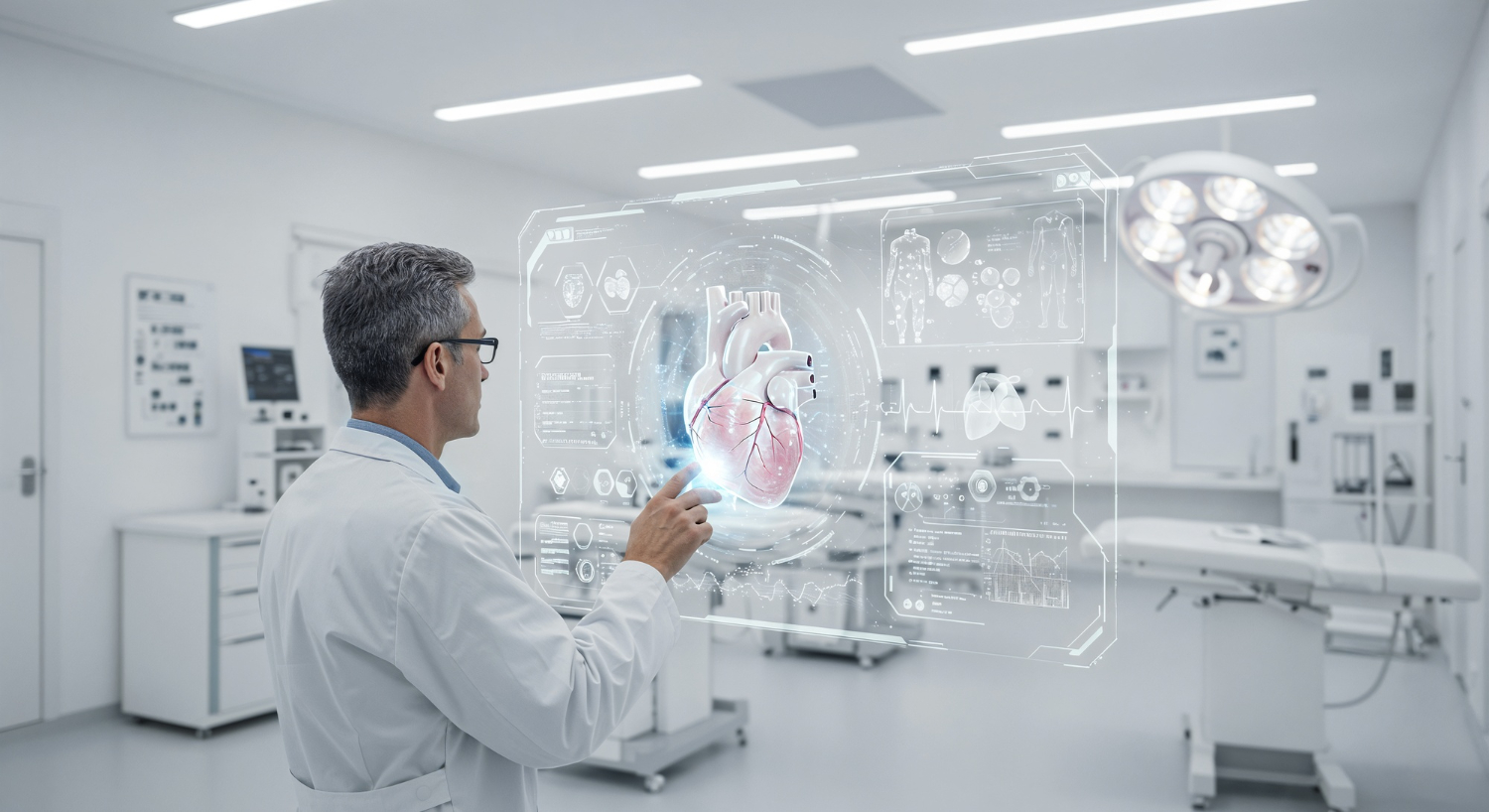
Strong 8k brings an ultra-HD IPTV experience to your living room and your pocket.
The operating room has always been a space where skill, precision, and timing intersect to save lives. But now, it’s also becoming a showcase for some of the most advanced technologies in the world—most notably, computer vision. This powerful branch of artificial intelligence is fundamentally reshaping surgery by adding a new layer of intelligence, guidance, and control to the hands of surgeons.
From enhancing robotic systems to guiding decisions in real time, computer vision is helping bridge the gap between what the human eye can perceive and what machines can analyze. It’s not about replacing surgeons—it’s about empowering them to work with greater accuracy, confidence, and consistency.
Let’s explore how computer vision is making its mark across the surgical landscape, what technologies are driving the change, and where it’s all headed.
The Role of Computer Vision in Modern Surgery
Computer vision refers to a field of AI where machines are trained to interpret and understand visual information from the world—images, videos, or live feeds—in ways that mimic human sight but with enhanced perception and accuracy. In surgery, that means recognizing tissues, tracking movements, mapping anatomy, and flagging abnormalities faster and more accurately than a human eye might manage under pressure.
Its applications span several areas—robot-assisted surgery, preoperative planning, intraoperative navigation, and postoperative analysis. Whether it's helping align a robotic arm with a millimeter of precision or highlighting potential bleeding sites during a live procedure, computer vision brings a new level of intelligence to the surgical process.
Robotic Surgery: Precision Meets Intelligence
Robotic surgery is perhaps the most visible area where computer vision has already made significant inroads. Surgical robots like the da Vinci system use high-definition cameras and precision tools controlled by the surgeon. With computer vision layered into the system, these robots become even smarter.
They can now recognize anatomical structures, maintain optimal camera angles, and even stabilize instruments to reduce hand tremors. Computer vision algorithms continuously analyze the visual field, providing alerts or guiding the system to avoid unintended tissue damage.
This fusion of visual intelligence and robotics means more minimally invasive procedures, shorter recovery times, and fewer complications—all with enhanced surgeon control.
Real-Time Surgical Guidance
While robotic platforms may get the spotlight, computer vision’s ability to provide real-time decision support is quietly revolutionizing all types of surgeries—not just those done by robots. Through advanced imaging and tracking, computer vision tools can overlay virtual guidance on real-time video feeds, highlighting anatomical boundaries, suggesting incision lines, or even detecting subtle bleeding the human eye might miss.
For example, during laparoscopic surgery, the internal camera feed is enhanced by computer vision to detect organ structures or alert surgeons to risky zones. In neurosurgery, real-time guidance tools help pinpoint brain regions without damaging surrounding tissue.
This dynamic assistance gives surgeons a second pair of eyes—ones that never blink, get fatigued, or miss a detail. It adds precision without compromising speed, especially in high-stakes environments.
Enhancing Surgical Training and Skill Assessment
Computer vision isn’t just for the operating table—it’s also transforming how surgeons are trained. Traditional surgical training relied heavily on direct observation and subjective evaluation. Now, with video-based skill tracking and movement analysis, AI can offer objective feedback on instrument handling, hand movements, or time spent in each surgical phase.
By capturing and analyzing countless hours of surgery footage, computer vision systems can identify best practices, common errors, and opportunities for improvement. This turns surgical education into a data-driven process, enabling young surgeons to accelerate learning while maintaining safety standards.
Consultants and developers working in med-tech are increasingly offering video-based analytics platforms as part of training modules, helping hospitals reduce variability and elevate overall surgical performance.
Tissue Recognition and Image Segmentation
A key technical breakthrough enabling many of these applications is image segmentation—the ability to distinguish different tissues, vessels, or anatomical zones within an image or video stream. Modern deep learning models can be trained on labeled surgical videos to “understand” what different parts of the body look like, even under challenging lighting or in unusual positions.
For instance, in liver surgery, image segmentation can help highlight tumor margins. In orthopedic procedures, it can assist in bone alignment. These visual cues are especially valuable when dealing with complex or emergency cases where speed and accuracy are paramount.
By automating tissue recognition, computer vision also reduces surgeon cognitive load, allowing them to focus more on decision-making and less on interpretation.
Postoperative Insights and Continuous Improvement
After surgery, video recordings and intraoperative data become rich sources of insight. Computer vision can review surgical videos to identify patterns, monitor outcomes, and even suggest alternative approaches based on similar cases. This post-op feedback loop enables a culture of continuous improvement.
Hospitals and surgical centers that integrate computer vision analytics into their quality review processes can detect subtle trends in complications, identify opportunities for protocol improvements, and enhance overall patient care.
Moreover, this data becomes invaluable in medical research, enabling longitudinal studies of surgical techniques, outcomes, and variations across demographics.
Integration with Augmented Reality and 3D Visualization
Computer vision is also the backbone of many augmented reality (AR) systems used in surgery. These platforms superimpose 3D models of patient anatomy onto the actual surgical field, helping surgeons visualize beneath the surface without making large incisions.
Imagine performing spine surgery where you can “see” the vertebrae and nerve paths beneath the skin, aligned in real time as you move your tools. This level of insight reduces guesswork and supports safer, more efficient procedures.
AR-guided surgeries—powered by computer vision and AI—are already being used in orthopedic and cranial surgeries, and their adoption is growing.
Challenges and Ethical Considerations
Despite its promise, computer vision in surgery also comes with challenges that can’t be ignored. High-stakes applications like these demand extremely accurate systems. A mistake in interpreting tissue, for example, could have life-threatening consequences.
There are also data privacy concerns, especially as surgical videos and patient scans are used for training models. Hospitals and tech providers must follow strict data governance practices and comply with regulations like HIPAA and GDPR.
Bias in training data is another concern. If a model is trained mostly on data from one demographic group, its performance may be less reliable on others. Ensuring diversity in datasets and transparency in algorithm design is crucial.
Then there’s the human factor. Surgeons need to trust these tools, but not over-rely on them. The goal isn’t to replace clinical judgment, but to augment it. For successful adoption, user experience and clear explanations of how systems make decisions are key.
The Road Ahead: What’s Next for Computer Vision in Surgery
As computer vision continues to evolve, so too will its role in surgery. Future advancements could include:
Fully autonomous surgical assistance in routine procedures
Integration with voice control, enabling hands-free interaction with guidance systems
Personalized surgery models using patient-specific data for customized surgical plans
Predictive alerts during surgery, where AI warns of complications before they become visible
The trend is clear: surgery is becoming smarter, more personalized, and more connected. With real-time data, visual intelligence, and machine learning working together, the operating room of the future will feel more like a mission control center—where human skill is guided and amplified by technology.
In Conclusion
The rise of computer vision in surgery is not just a technological trend—it’s a paradigm shift. From robotic assistance to real-time guidance and post-op analysis, these systems are enabling a new level of precision, safety, and efficiency in the OR. For surgeons, it means smarter tools. For patients, it means better outcomes. And for healthcare systems, it’s a chance to scale quality care.
As adoption continues, innovation will depend on collaboration between engineers, surgeons, healthcare leaders, and technology partners. Those who invest early in this transformation will not only lead in surgical excellence but also redefine the standards of modern medicine.
That’s why the role of Computer Vision in Healthcare is no longer a topic for the future—it’s a reality that’s already shaping the present, one incision at a time.
Note: IndiBlogHub features both user-submitted and editorial content. We do not verify third-party contributions. Read our Disclaimer and Privacy Policyfor details.



